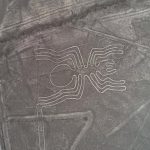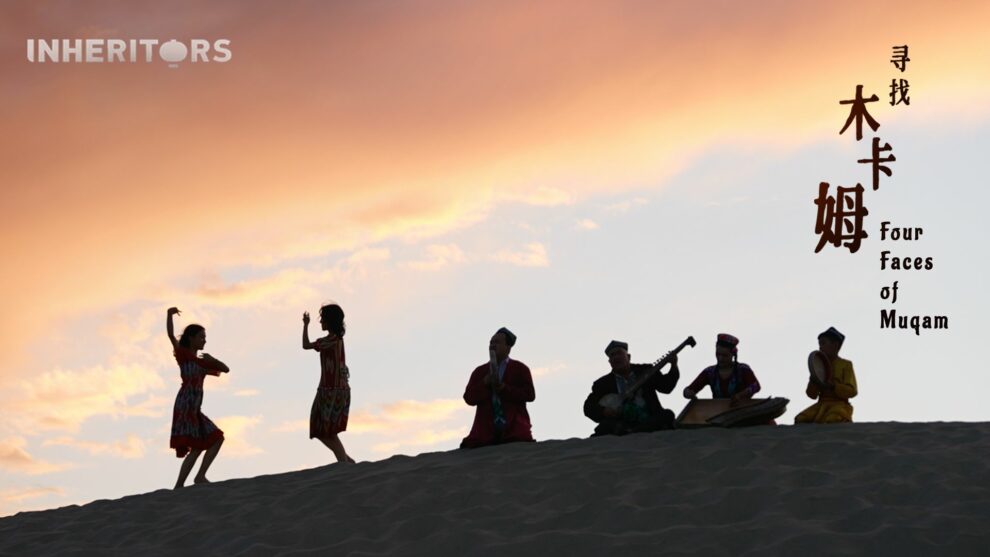Muqam is a form of performing art with roots in Xinjiang folklore. Similar to an encyclopedia, it is a record of the history and lifestyle of the local Uighur people. It emerged in popular culture, with lyrics ranging from philosophical aphorisms to folk tales.
Muqam is a vehicle for Uyghur people to express their feelings and ideas. As such, it is an integral part of Xinjiang culture and even Silk Road culture.
The versatility of Muqam: its cultural impact
This art form combines music, singing, dance and poetry in a single performance. Muqams are complex musical compositions that cover a wide variety of topics, from historical events to everyday themes and aspects of the social and cultural life of the Uyghurs.
A distinctive feature of the Muqam is its versatility and flexibility. There are several types of Muqams, each with its own musical structure and unique performance style. For example, the Muqam of Turpan, Kashgar, Dolan and Hotan are some of the best-known types. Each type reflects the cultural and musical characteristics of the region from which it comes.
Muqam is not only a form of entertainment, but also plays an important role in the preservation and transmission of Uyghur culture and identity. Through their lyrics and melodies, people transmit stories, values, traditions and emotions that are fundamental to the original community. In addition, the Muqam has been recognized as Intangible Cultural Heritage of Humanity by the UNESCO in 2005, highlighting its cultural importance and contribution to global cultural diversity.














Add Comment